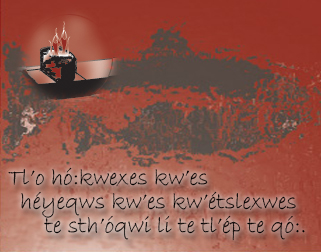
Tl’o hó:kwexes kw’es héyeqws kw’es kw’étslexwes te sth’óqwi li te tl’ép te qó: means ‘It’s what (they) used to burn to see the fish below the water.’
Audio: Elizabeth Herrling
Vocabulary and Structure
This partial phrase has the following structure:
Vocabulary:
- tl’o – it is (what) (this is a ‘focus’ marker, used for a certain kind of emphasis, and does not translate directly into English)
- hó:kwex – ‘to use‘ (you can also use this for ‘to wear‘)
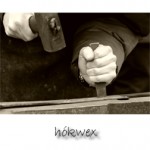
- -es – must be added to the verb, because this type of verb requires an –es ending whenever its subject is ‘third person’ (neither me nor you). In this case, the third person subject is just understood (but not expressed) to be ‘they‘ (i.e. the ones who use it). Even when not explicitly stated, third person subjects still trigger the –es ending on this type of verb.
- kw’es – usually translates as that, but here means to.
- héyeqw – burning (see yéqw – to burn). Note that ‘burning’ and ‘fire’ are the same word, so you could also translate this as ‘fire’ (see héyeqw – fire).
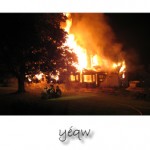
- -s – here the –s ending is another third person subject agreement marker. This –s is required with all verbs when the subject is third person, when you have an ’embedded’ structure (here introduced by kw’es).
- kw’es – generally means ‘that‘, here it translates as ‘to‘
- kw’étslexw -‘to see‘
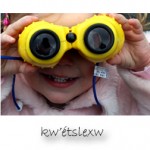
- -es – must be added to the verb (kw’étslexw), because this type of verb requires an –es ending whenever its subject is ‘third person’ (neither me nor you). In this case, the third person subject is just understood (but not expressed) to be ‘they‘ (i.e. the ones who will see the fish). Even when not explicitly stated, third person subject still trigger the –es ending on this type of verb.
- te – ‘the’.
- sth’óqwi – ‘fish’
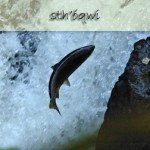
- li – in (this can also mean ‘at, on, to’, it is a general purpose preposition. Li also has other uses in the language, including as a yes/no question marker, but here it is used as a preposition.
- te – the
- tl’ép – deep, low, here used for below
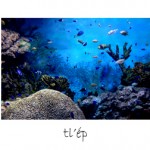
- qó: – water

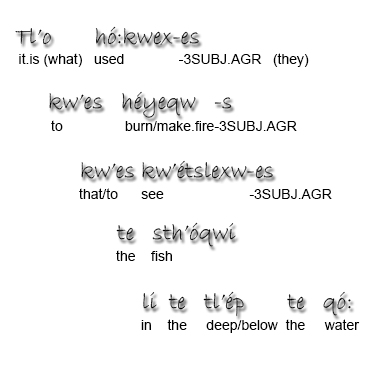

No comments yet.